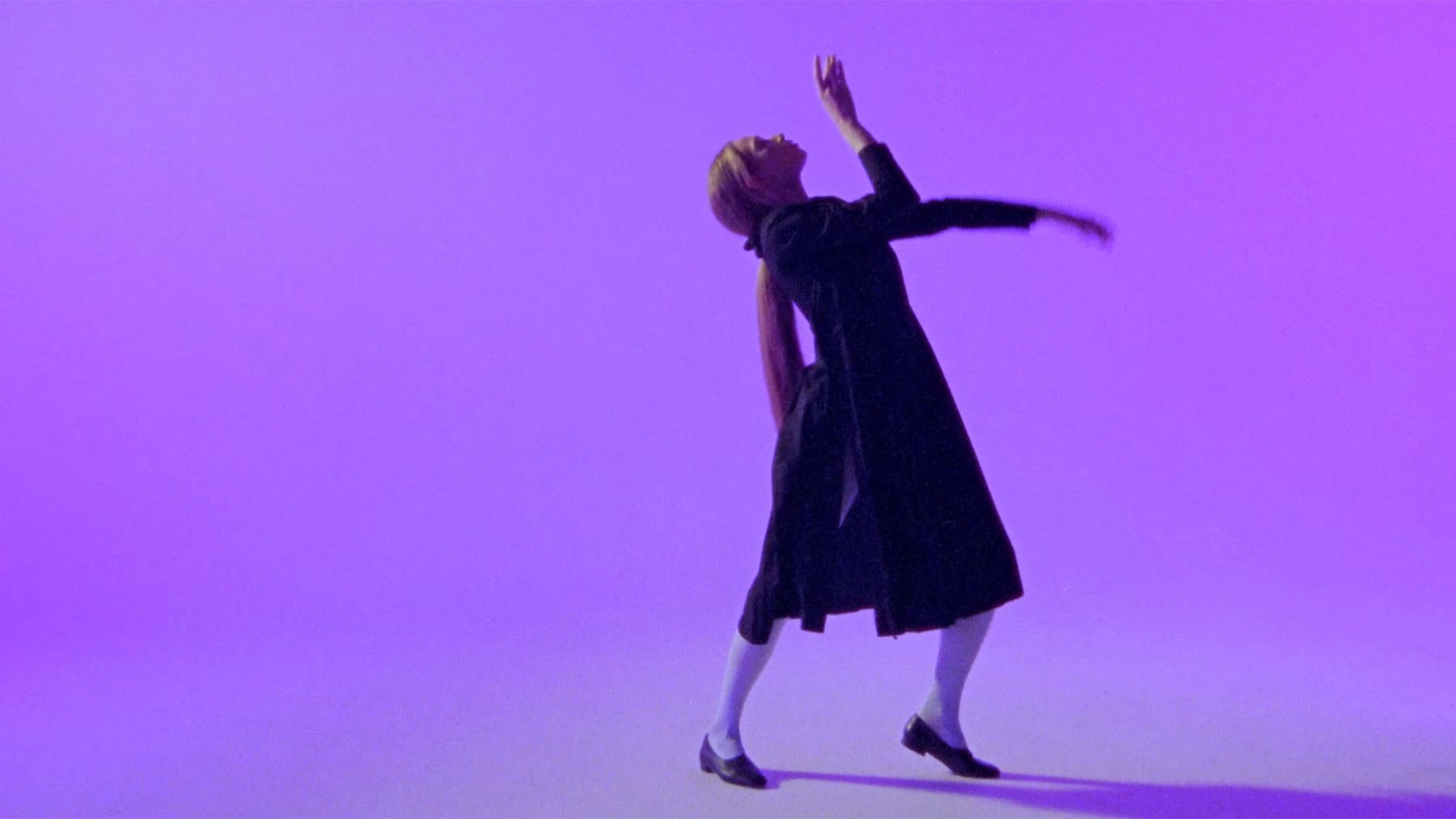The Grammys’ New Rules Confirm Anyone Can Be a ‘Best New Artist’
In 2017, when Chance the Rapper walked triumphantly onto the stage at the Grammys to accept his award as that year’s Best New Artist, he was wearing a tab baseball cap emblazoned with the number “3” — a reference to how many full-length projects he’d released. Last year, Lizzo was nominated for the same award, in large part due to her breakout song “Truth Hurts,” which was released in 2017. Seemingly every year, the nominees for Best New Artist are peppered with artists who are decidedly not new, often prompting debate among music fans. On Wednesday, the Recording Academy made it clear that this would not be changing.
In an announcement detailing changes to the Academy’s lexicon — “urban” gets replaced with “progressive,” “Best Rap/Sung Performance” is now “Best Melodic Rap Performance” — it also adjusted its ruling on what, exactly, constitutes a new artist. At the 63rd Grammy Awards, the “Best New Artist” category will no longer be held to a “specified maximum number of releases. Instead, “screening committees will determine whether the artist had attained a breakthrough or prominence prior to the eligibility year.” The “new” in “Best New Artist” will seemingly be the least important part of the phrase.
For the past decade, the Recording Academy has tinkered with what it means to be a “Best New Artist.” After Lady Gaga was ineligible for the award in 2010 after being nominated for Best Dance Recording in 2009, the rules were updated the next year. “By current rules, if the other artist’s album or the new artist’s single receives a nomination, the new artist may never have the opportunity to compete in the best new artist category,” the Academy said in 2010. “With this change, each artist will have at least one opportunity to enter in this important and highly visible category.”
Six years later, the rules were amended again, “to remove the album barrier given current trends in how new music and developing artists are released and promoted.” Now the eligibility requirements mean that new artists “must have released a minimum of five singles/tracks or one album, but no more than 30 singles/tracks or three albums.” It’s what allowed artists like Chance The Rapper and Dua Lipa to take home “Best New Artist” trophies, despite releasing multiple bodies of work that were widely consumed prior to their victory.
It’s uncertain if this change will open the floodgates for a host of decidedly not-new artists looking for the bump a Grammy nomination entails. When the goalposts keep moving, it becomes hard to tell what a win really means.
Popular on Rolling Stone




